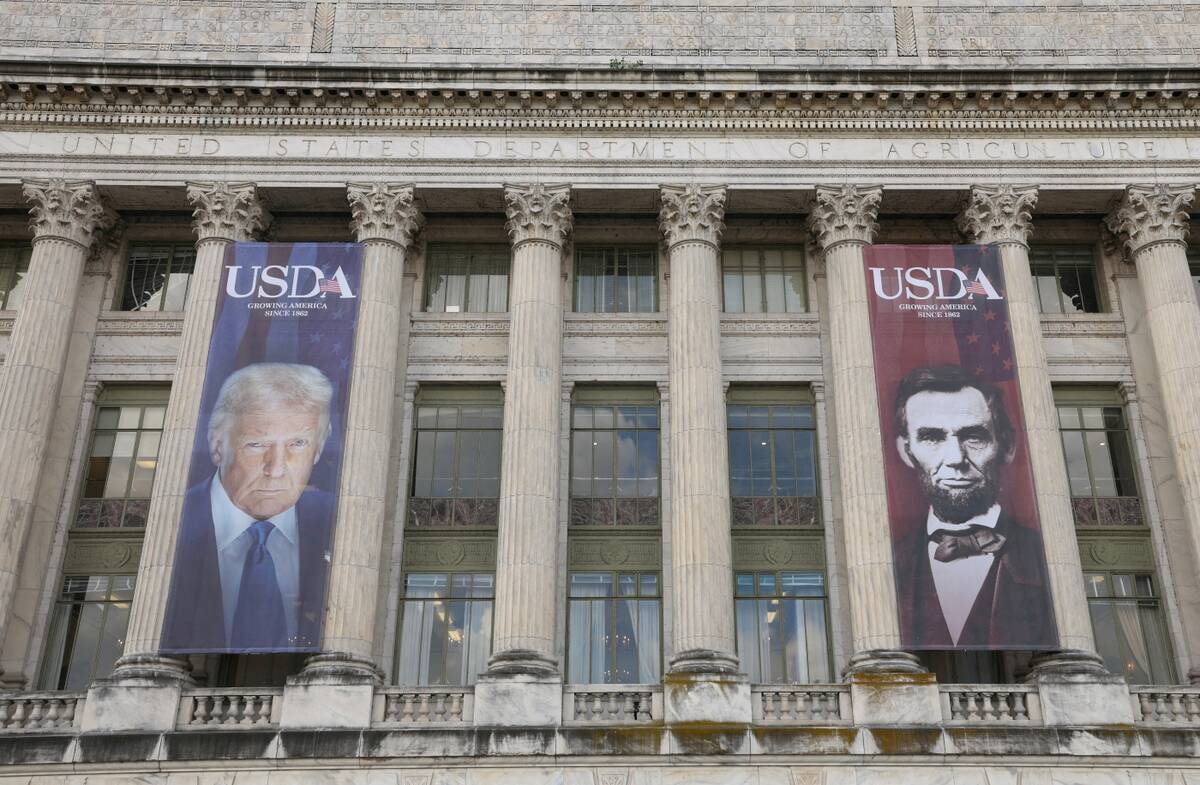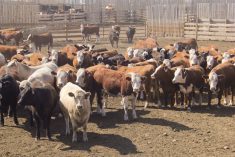Chicago | Reuters — Live cattle futures exceeded a three-week high at the Chicago Mercantile Exchange on Monday on worries about tightening U.S. supplies, while feeder cattle futures set a two-month high.
Traders focused on a monthly U.S. Department of Agriculture report, issued after the market closed on Friday, that showed cattle placements into feedlots in October were six per cent below 2021. Analysts surveyed by Reuters had expected placements to drop by only about 3.5 per cent.
Producers have been reducing their herds due to a severe drought in the western U.S., sending animals to be slaughtered instead of keeping them to reproduce.
Read Also

Farmers, traders ‘flying blind’ as U.S. shutdown blocks key crop data
U.S. data vital to global grain and soybean trading has gone dark during the country’s federal government shutdown, leaving commodity traders and farmers without crop production estimates, export sales data and market reports during the peak of the autumn harvest.
Most-active CME February live cattle futures settled up 0.875 cent at 156.725 cents/lb. after reaching 156.875 cents, the contract’s highest level since Oct. 28 (all figures US$). The nearby December contract advanced 0.475 cent to finish at 153.55 cents/lb.
CME January feeder cattle, meanwhile, closed up 1.85 cents at 182.625 cents/lb. and hit their highest price since Sept. 21 at 183.075 cents.
Weakness in Chicago Board of Trade corn futures helped support gains in cattle by signaling the potential for lower feed costs, brokers said.
Overall, USDA on Friday reported the number of cattle on feed as of Nov. 1 at 11.706 million head, down two per cent from last year. Analysts on average expected a decline of 1.7 per cent.
With markets closed on Nov. 24 for Thanksgiving, meat packers have a short week to buy enough cattle for a full week of slaughter the following week.
Packers slaughtered an estimated 128,000 cattle on Monday, unchanged from a week earlier and up from 122,000 cattle a year ago, USDA said in a daily report. An estimated 488,000 hogs were slaughtered, up from 485,000 hogs a week ago and 480,000 hogs a year ago.
The strong pace of slaughtering and demand from packers helped support CME lean hog futures, a broker said. The most-active February lean hogs contract settled up 0.6 cent at 90.150 cents/lb.
— Tom Polansek reports on agriculture and ag commodities for Reuters from Chicago.
















